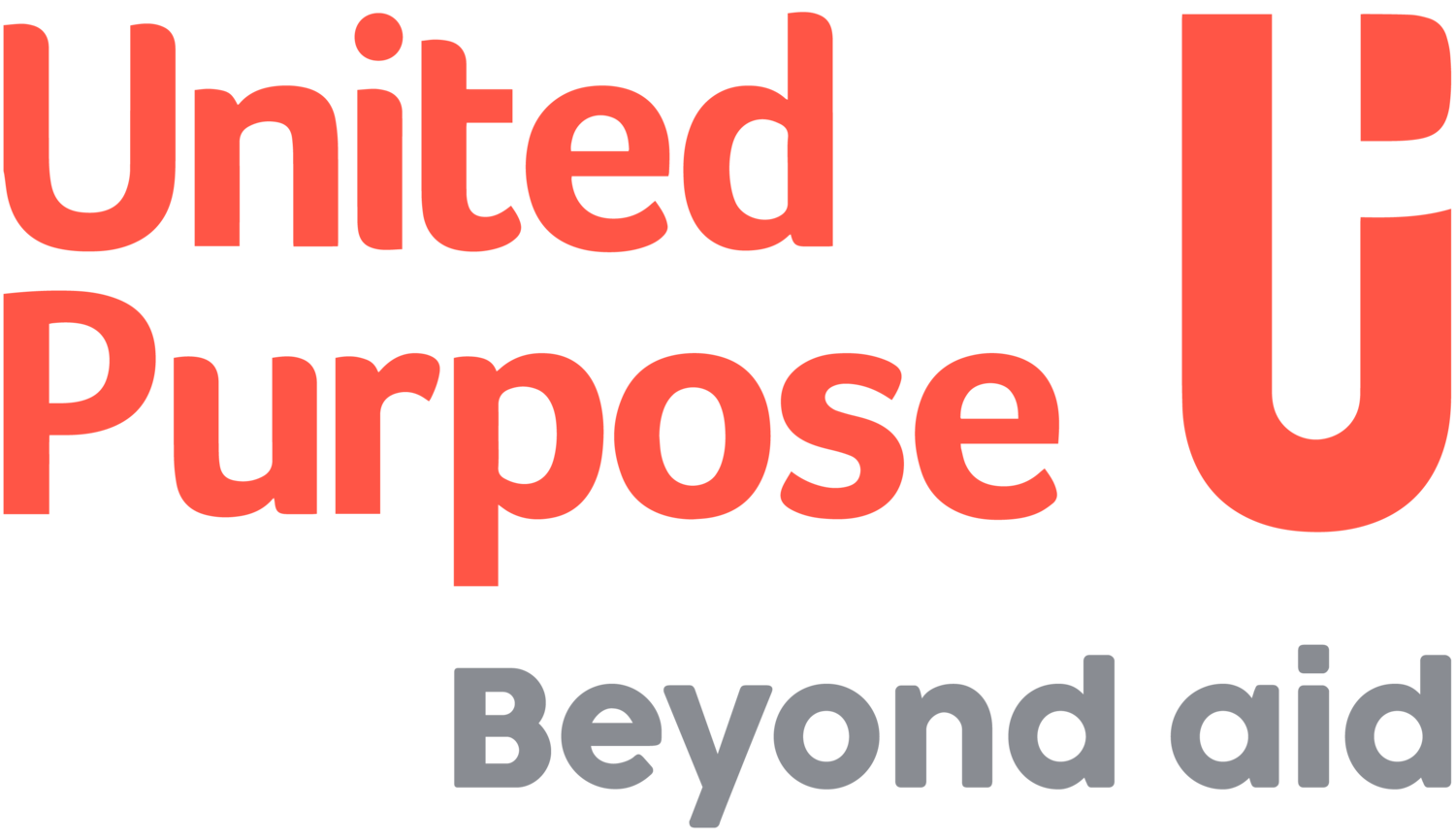The SaniFOAM framework is an analytical tool for sanitation behavior; it is a conceptual framework designed to answer a set of behavior questions.
In 2015 an estimated 46 million people in Nigeria defecate in the open. Another 56 million people are estimated to be added in the next ten years (Making Nigeria Open Defecation Free by 2025: A National Road Map). According to the World Bank (2012), about 122,000 Nigerians including 87,000 children die each year from diarrhoea, most of which are attributed to contaminated water, lack of sanitation and hygiene practices. As much as a 36% reduction in diarrhoeal morbidity cases can be achieved as a direct result of improved sanitation. Poor sanitation also affects people’s economic and social well-being. Merely building sanitation facilities will not change the sanitation status of people. A more effective sanitation strategy is to focus on improving sanitation by changing the behaviour of the people, while at the same time providing facilities and services.
However, before the behaviour of people can be changed, that behaviour must be understood. For example, why do people continue to defecate in the open, even when they have a toilet? In other words, what are the key factors enabling individuals and households to move up the so-called sanitation ladder? More importantly, what are the factors preventing people from moving along the sanitation ladder? Moving from open defecation to constructing a simple latrine and using it is the first rung on the sanitation ladder.
The SaniFOAM framework is an analytical tool for sanitation behaviour; it is a conceptual framework designed to answer a set of behaviour questions.
SaniFOAM categorizes sanitation behavioural determinants under three headings: opportunity, ability, and motivation. These are defined as being:
- Opportunity: Does the individual have the chance to perform the behaviour?
- Ability: Is the individual capable of performing it?
- Motivation: Does the individual want to perform it?
With the letter F for Focus, these categories spell out F-O-A-M.
The CHISHPIN Project has completed an analysis of sanitation using the SANIFOAM Framework
The Summary of sanitation related findings and behaviour of respondents in the Baseline and KAP survey was done using the Sanifoam framework, devised and adopted by the World Bank. The following summary is assisting the Gran Holder, United Purpose to answer questions about sanitation behaviour, especially on the barriers and motivators for change.
